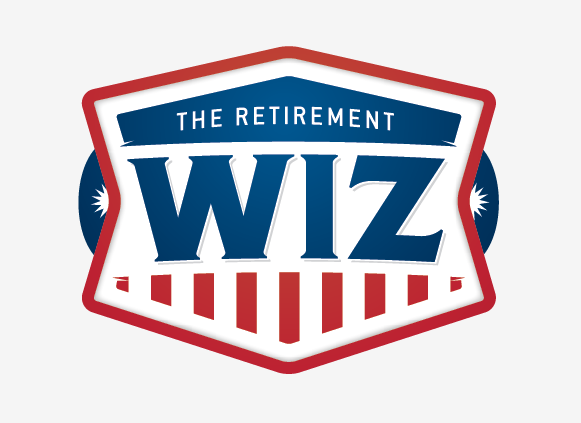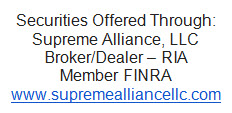If you want to participate in the potentially attractive returns of a market-driven Annuity but would also like a guaranteed return, an equity-indexed annuity might be worth checking out.
The performance of equity-indexed annuities (EIAs), also referred to as fixed-indexed annuities, are tied to an index (for example, the Standard & Poor’s 500*). They provide an opportunity to earn interest based on the performance of the index. If the index rises during a specified period in the accumulation phase, the Annuity participates in the gain. In the event that the market falls and the index posts a loss, the contract value is not affected. The annuity also has a guaranteed minimum rate of return, which is contingent upon holding the EIA until the end of the term.
This guaranteed minimum return comes at a price. The percentage of an index’s gain that investors receive is called the participation rate. The participation rate of an equity-indexed annuity can be anywhere from 50 percent to 90 percent or more. A participation rate of 80 percent, for example, and a 10 percent gain by the index would result in an 8 percent gain by the investor.
Some EIAs have a cap rate, that is, the maximum rate of interest the annuity will earn, which could potentially lower an investor’s gain.
Indexing Formula
Several formulas are used to calculate the earnings generated by an equity-indexed annuity. These indexing methods can also have an effect on the final return of the annuity. On preset dates, the annuity holder is credited with a percentage of the performance of the index based on one of these formulas.
Annual Reset (or Ratchet): Based on any increase in index value from the beginning to the end of the year.
Point-to-Point: Based on any increase in index value from the beginning to the end of the contract term.
High-Water Mark: Based on any increase in index value from the index level at the beginning of the contract term to the highest index value at various points during the contract term (often anniversaries of the purchase date).
Equity-indexed annuities are not appropriate for every one. Participation rates are set and limited by the insurance company. Like most annuity contracts, equity-indexed annuities have certain rules, restrictions, and expenses. Some insurance companies reserve the right to change participation rates, cap rates, and other fees either annually or at the start of each contract term. These types of changes could affect the interest credited. Penalty free withdrawals are common with FIA's.
Most annuities have surrender charges that are assessed during the early years of the contract if the contract owner surrenders the annuity. In addition, withdrawals prior to age 59-1/2 may be subject to a 10 percent federal income tax penalty if it's a non-qualified premium deposit. Any guarantees are contingent on the claims-paying ability of the issuing insurance company.
If you want to eliminate potential losses but still tap into the potential benefits of equity investing, you might consider an equity-indexed annuity.
*The S & P 500 Index is an unmanaged group of securities consisting of the 500 largest capitalized stocks in the United States. It is widely recognized as a guide to the overall health of the U.S. stock market. You cannot invest directly in any index. You do not actually own any shares of an index. Past performance is no guarantee of future results.
This information is not intended to be tax or legal advice, and it may not be relied on for the purpose of avoiding any federal tax penalties. You are encouraged to seek tax or legal advice from an independent professional advisor.


